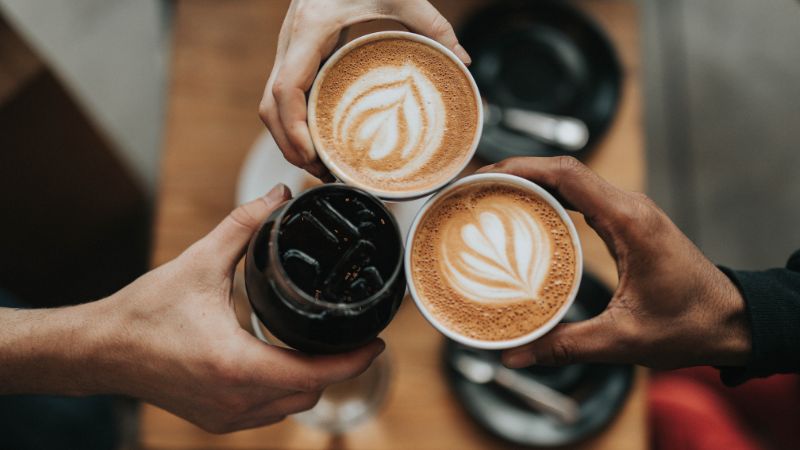
There are millions of coffee drinkers around the world. This invigorating drink has become a part of our lives, and many of us can't imagine our day without a cup of espresso, latte or americano. No matter what activity a person is engaged in - a businessman planning a meeting, a clerk sitting in the office, a salesman selling a product or an online gambler looking through the latest overview of Slots of Vegas site - each of them will not refuse a good cup of coffee in the morning or during the day.
What is the secret of coffee beans, why they have become so popular and why the drink tastes different? Let's discuss the latter question in more detail.
Before coffee spread to all continents and countries, people in Arab and African countries consumed it a thousand years before. It all started when shepherds saw their goats becoming more vigorous and sturdy after eating the coffee beans.
At first, they brewed the fruit and the pulp and grains. The taste could have been better, but the effect was excellent - vigor and energy filled the body.
Later, they learned how to process coffee beans. They peeled the skin, removed the pulp, and dried the beans in the sun. However, this method was very labor-intensive, and they soon came up with another, more straightforward option - washing:
Today, the popularity of dry processing is returning, as coffee gourmets prefer a bright, whole-flavor coffee with subtle aftertaste notes.
The reputable publication writes about it on its portal https://www.bbc.com/news/world-asia-india-60427016. It is a more expensive drink but becoming increasingly popular in luxury establishments.
Everyone who often drinks coffee of different brands and countries has time to notice that its taste and aroma are very different, not only depending on the variety. Even the same Arabica or Robusta can have other flavor characteristics and shades. Five main factors shape all of the flavor and aroma characteristics of beans.
|
Place of growth |
It is not without reason that gourmets are primarily interested in the region's country of cultivation, climatic conditions, and weather. They all contribute to the primary characteristics of the fruit. |
|
Processing method |
There are four of them, each of which affects the different tastes of the coffee: drying - the pulp stays on the bean, so it gives off sweetness; washing - the pulp is removed, and the bean gets a sourness; hani - partial removal of pulp and washing, and the bean forms a rich spectrum of flavors; wet-hull - quick processing with all layers removed, so the coffee takes on a woody, berry, or tea flavor. |
|
Roasting |
It comes in three varieties: weak, medium, and strong. Depending on the degree of roasting, the coffee beans get a richness, a bitterness, or a soft, delicate touch. |
|
Grinding degree |
It is necessary to choose carefully for a particular brewing method so that the ground coffee has time to develop all its aromas and flavors. |
|
Preparation method |
Thanks to new technologies, more and more methods of brewing coffee are being developed. Some of the most popular are a pressure cooker, espresso, filter coffee, SoftBrew, Mocha, and French press. |
These are not all the factors involved in shaping a coffee bean's flavor and aroma. These can include genetics - the crossing of varieties during cultivation - as well as altitude, the amount of sun and rain, hand-picking, and more. The professional baristas who serve not just coffee, but a whole story, know all about it. You can read about this profession at https://en.wikipedia.org/wiki/Barista, and you may be interested in such an activity.
.jpg)
Even if you consider all the factors listed above and choose coffee according to your preferences, you can get a different-tasting beverage. Many things also depend on compliance with specific rules, which experts say:
Professional baristas know other, no less essential secrets of making the best coffee, which is why true gourmets prefer to visit luxury establishments.
Coffee is spread worldwide, and its fans are constantly growing. It brings not only invigoration but gives moments of absolute pleasure and relaxation. Following these simple tips, you can choose and prepare coffee correctly to treat yourself and your loved ones to the best beverage.